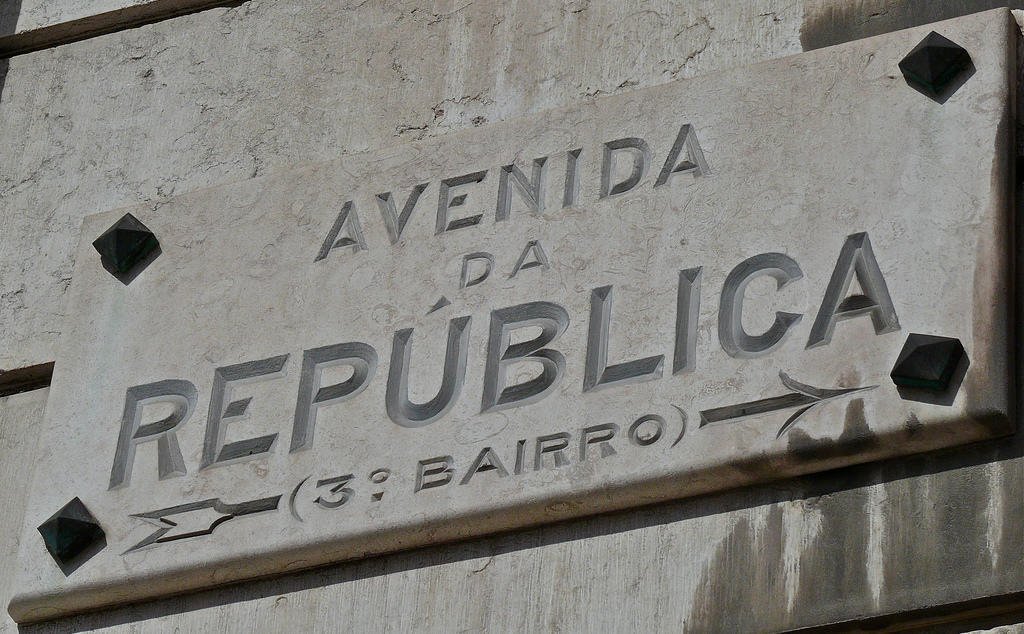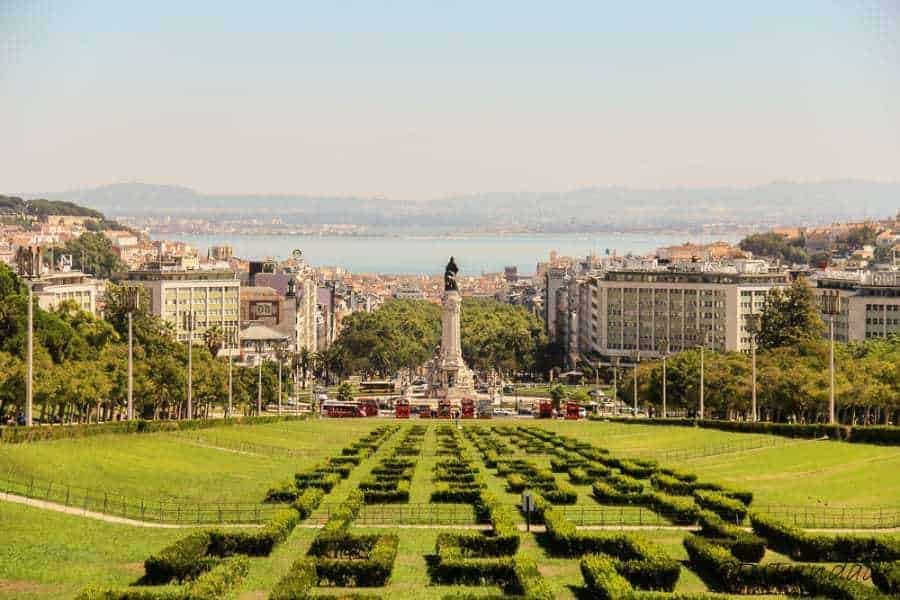
We will move on to three more parishes in Lisbon, now far from the center and tourists, but we will discover a good reason to visit in each of them. We start with Campolide.
The Aqueduct
The parish of Campolide is crossed by a very busy highway that connects the 25 de Abril Bridge to the North-South Axis, an artery of enormous importance for traffic coming from the north towards the south bank of the Tagus (and vice versa). verse). As a whole, this parish is mainly residential with low-rise buildings and, in the past, an area of large farms (farms) and even wines. But nowadays what stands out most in this parish is the Águas Livres Aqueduct.
This 14-kilometer-long aqueduct from Belas (a village close to Lisbon) transported water to Lisbon, supplying the capital between 1748 and 1968, the year in which it was deactivated. The best-known and most spectacular part is precisely in this parish and connects Monsanto, the forest area of Lisbon that we will talk about in the next article, and the reservoir of Mother of Water of Amoreiras. There are 21 round arches with a maximum height of around 65 meters in the largest arch, where the view is impressive. In my opinion, the aqueduct is more beautiful at night with the bridge in the background.

The best way to see it will probably be by car, coming or going to the bridge or crossing the Duarte Pacheco Viaduct. If you are driving, go over the 25 de Abril bridge and return to Lisbon (via Almada), as the view is very beautiful and I highly recommend it. But if you don't have a car, these are arteries that have a lot of traffic and are difficult to access, so it's better to opt for other, more accessible viewpoints.
The New Avenues
It is in this parish – Avenidas Novas – that the General Capital Improvement Plan, by Frederico Ressano Garcia, whose intention was to develop the northern area of the historic center. It is, even today, a more dynamic area, with a mix of residential and offices, but also commerce and some points of tourist interest. In my opinion, it helps that it is served by the metro with two lines very close together, a flat area with wide avenues and plenty of commercial and residential space. But let's start with the part to the south, the one next to the Marquês de Pombal Rotunda.
The metro triangle
In the triangle of metro stations – Parque, Saldanha and São Sebastião – there are numerous hotels and shopping areas. Saldanha is still an office area with people from one side to the other, although the Expo caused many of them to be moved to that area. But there is still a lot of life here, many small restaurants or places where you can eat something quick. There are three small shopping malls in this area, try one of them if you have little time for lunch or want to spend little.

We now advance along Avenida da República, wide and still with some urban relics from other times. It was a shame that many buildings were lost as they were true architectural jewels, but the Campo Pequeno Bullring still remains there, which is a beautiful building to admire even for those who don't like bullfighting.

We leave towards Praça de Espanha through Avenida de Berna and it is in this huge square where several roads cross that you should visit the Calouste Gulbenkian Foundation. Calouste Sarkis Gulbenkian was Armenian, acquired British nationality in 1902, was a wealthy man who invested in several businesses in London and played an important role in mediating Iranian oil reserves. In 1942 he decided to escape the war and came to live in Portugal. This collector and philanthropist died in 1955 and it was, precisely in Lisbon, that he determined in his will that the headquarters of an international foundation should be built with his name, for the benefit of all humanity.

Today this foundation is one of the largest in Europe and includes a museum, a garden (an oasis in the midst of urban traffic chaos), educational activities, various exhibitions and several music concerts throughout the year. It's a cultural space that I recommend and you can always sit in the garden and escape the hustle and bustle of the city for a bit.
For shopping lovers
Very close to Gulbenkian (that's how we refer to this space) there is one of the best-known shopping malls in Lisbon. The Spanish chain El Corte Inglés arrived in Lisbon several years ago and in São Sebastião occupies a huge building with immense variety. On the top floor there is now a space with restaurants somewhat in the style of Mercado da Ribeira. If you want to shop this is an interesting place to visit. It's not unique, nor my favorite, although for more different clothes and products it's an excellent bet. In São Sebastião, walk to Marquês de Pombal. The distance is short and it's not even worth taking the metro. But go to the part next to Parque Eduardo VII because at the top there are two attractions: a café with a terrace and a lake that are somewhat hidden and then the view over old Lisbon and the Tagus River.

In this same area you can also see the Cold Greenhouse, a paid garden with a wide variety of plants, but worth it for its beauty and tranquility. Entrance costs around €3.
The Areeiro
We started with the parish of Campolide and its Aqueduto das Águas Livres, we went around the busy and diverse parish of Avenidas Novas and we will now end up in a smaller parish called Areeiro. This area is essentially residential, with a more expensive and noble part to the north, close to the parish of Alvalade. Avenida de Roma and Avenida Guerra Junqueiro were once two of the most important and chic in terms of stores, but it's not the same now. Interestingly, Baixa has woken up again and it is there that stores that are not found in shopping malls are now concentrated. In Baixa and Campo de Ourique, which I already told you about in the last article. Even so, this area is very pleasant and still maintains some prominence. You can stroll along Guerra Junqueiro or stop for a coffee until you reach Alameda, where Fonte Luminosa is located.

The Alameda is basically a huge lawn with a huge fountain on one side and one of Lisbon's best-known universities on the other – the Instituto Superior Técnico.
In the next article I will talk about three more parishes that are now far from the center of Lisbon and are more residential, but which are perhaps my favorite to live in. I'm talking about the parishes of Benfica, with its huge Monsanto forest park; São Domingos de Benfica where the Zoo and the biggest shopping mall are located trendy of Lisbon and finally Alvalade, which is a very interesting area for shopping and eating.